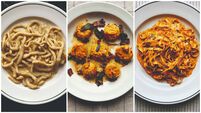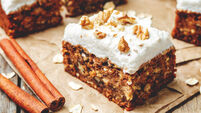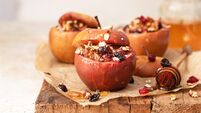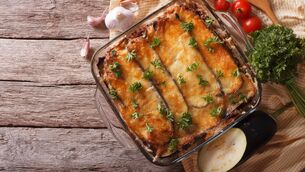Michelle Darmody: How to bake the classic brown scone — and mistakes to avoid
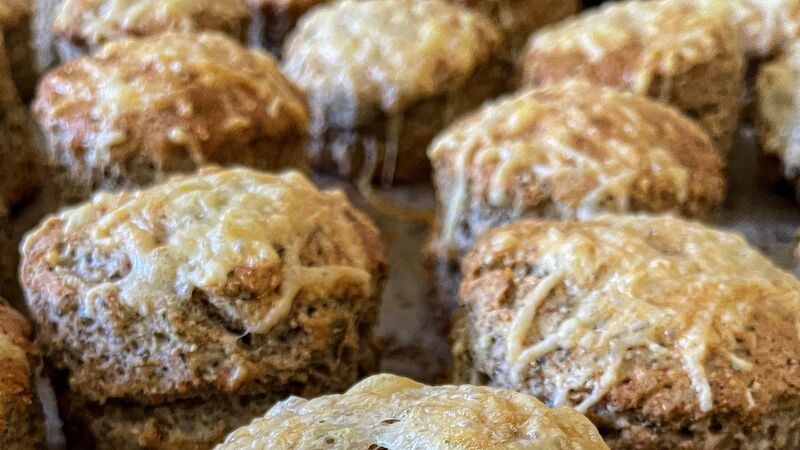
"Brown scones are similar in makeup to soda bread, but have an extra bit of crunch as there is more surface area to form a nice golden crust."
Brown scones are similar in makeup to soda bread, but have an extra bit of crunch as there is more surface area to form a nice golden crust.
This is a slightly unusual recipe for scones as it calls for melted butter rather than the more typical cold butter which is usually cut into cubes and rubbed into the flour.
It does however have delicious results and makes the scones that bit more similar to little mini soda breads.
These brown scones were a staple in our house growing up and I still love to see them piled high on the wire rack, freshly out of the oven. They are particularly good dipped into a warm soup or topped with cream cheese.
The type of brown flour you use will change the texture of the scones. I love using a coarse, grainy flour such as the one made by Macroom Flour.
Their distinctive yellow paper bag is always on my shelf and is used for bread as well as scones.
After the grains have been lightly toasted, they use an ancient method of grinding the wheat by stone, this creates a lovely nutty texture in the flour which is great for baking.
Brown Scones
These scones are particularly good dipped into a warm soup or topped with cream cheese.
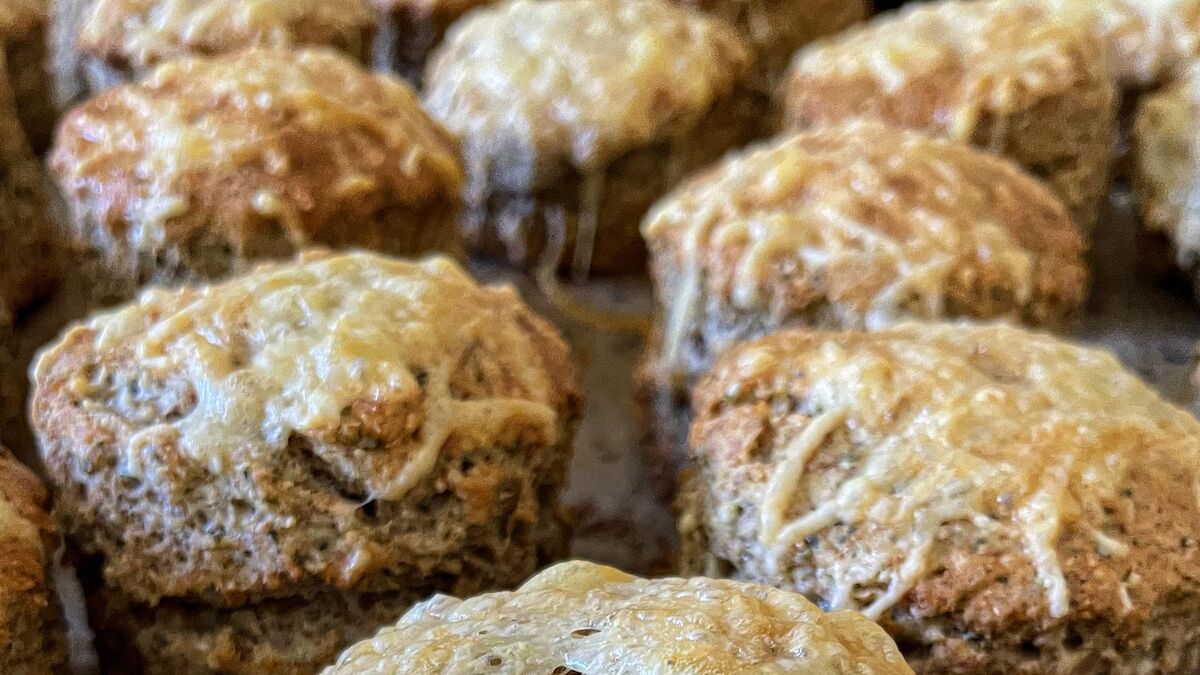
Servings
14Preparation Time
15 minsCooking Time
20 minsTotal Time
35 minsCourse
BakingIngredients
330g brown flour
165g plain flour
level tsp bread soda
1 generous pinch salt
25g porridge oats
2 eggs, lightly beaten (one is for an egg wash)
55g butter, melted and cooled
about 280ml buttermilk, enough to make up 330ml with the egg added
Method
Preheat your oven to 180ºC/gas mark 4 and line a large flat baking tray with parchment.
Sieve the flours, bread soda and salt together into a large bowl
Add in the porridge oats.
Lightly beat one of the eggs in a measuring jug and add in the buttermilk until you have 330ml in total.
Add this egg mixture and the melted butter, that has cooled slightly, to the flour and stir everything until combined.
Lightly flour a clean work surface.
Tip the scone dough onto the floured surface and pat it to about an inch in thickness.
Cut out about 14 scones and place them onto your prepared tray.
Brush the top of each scone using the other beaten egg and a pastry brush.
Place the tray into the centre of your oven and bake for 20 minutes until they are golden on top.
Once cool enough to handle, place them onto a wire rack to cool completely.
It is best not to overmix the dough, just bring everything together gently. When you tip the dough onto the floured surface you just gently pat it down rather than rolling or kneading it.
The dough will be a little sticky but lightly flouring your surface and dipping the scone cutter in flour before cutting should also help.
Different types of flour absorb liquid differently. Your dough should be wet but still easy to handle and cut. If your dough seems particularly dry you can slowly add a little more buttermilk.
It is important to use the right amount of bread soda, too much or too little can result in a crumbly scone and also will give a green hue and slightly astringent taste. If the scones do not rise sufficiently it may be because the bread soda was not incorporated properly. Sieving it well with the flours will help to prevent this.
Another reason they may not rise is be because the bread soda has not activated. It needs an acidic liquid like that in buttermilk or soured milk to activate it, so using fresh milk in its place will not give great results. If you are out of buttermilk add some vinegar or lemon juice to regular full fat milk and leave it to stand in a warm place for about an hour. The milk needs to sour and curdle before use.
Another possible reason your scone did not rise is that your baking soda has expired. You can check the date and replace it if needs be.
This recipe works wonderfully with the addition of cheese. I found that a harder cheese such as parmesan or cheddar works best. Add 100g of grated cheese when you are adding the wet ingredients to the flour mixture. A sprinkling of grated cheese on top is also nice. It will crisp up as the scones bake.
I always like adding some seeds and nuts to baking. It makes for a more nutritious snack. 100g of mixed seeds and/or finely chopped nuts can be added when you are adding the wet ingredients to the flour mixture. For extra pep after you brush the top of each scone with the lightly beaten egg, sprinkle some seeds on top before you bake them.
For this version I like to use a mixture of rosemary, sage, thyme and oregano chopped very finely. I remove the leaves from the stalks and just chop the tender leaves discarding the stalks. A generous handful of herbs works, I add them towards the end as I am mixing the dough, before turning it onto the floured surface. You can also add a spring of chopped parsley if you like, this can turn the scones a pale green colour.

